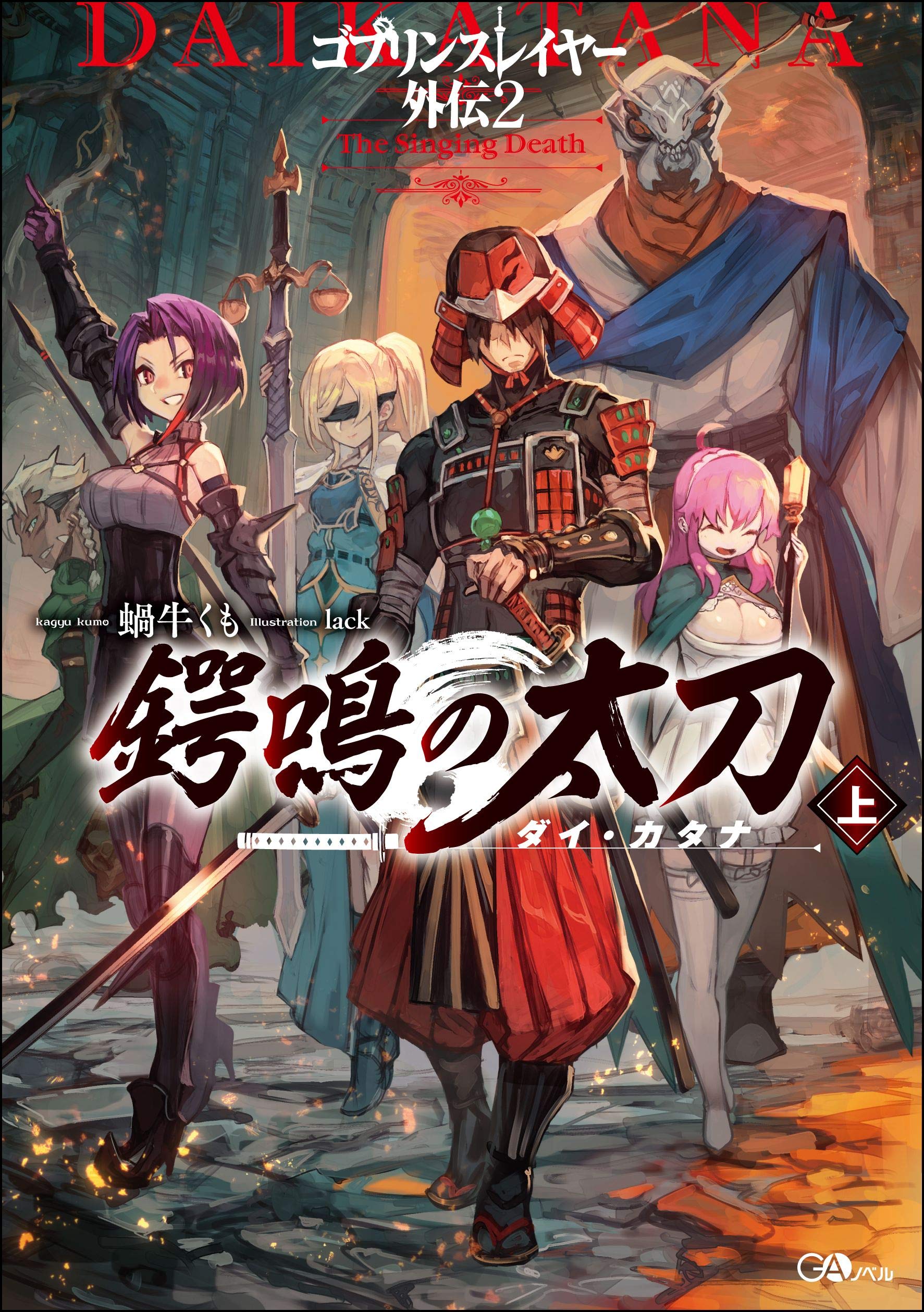5 Centimeters Per Second: One More Side by Makoto Shinkai; adapted by Arata Kanoh. Translated by Kristi Fernandez. Originally published in the United States by Vertical, February 2019. Approx. 240 pages.
Back in 2007, anime wunderkind Makoto Shinkai (Your Name, Weathering With You) released 5 Centimeters Per Second, a short movie (just over an hour long) comprised of 3 segments, which told the story of Akari and Takaki, a pair of outsiders joined by their developing love, and torn apart by distance (their parents keep moving because of their jobs). Coinciding with the theatrical release, a novel was dropped, as well as a manga adaptation. A few years later, a 'side story' novel was released, penned by Japanese novelist Arata Kanoh. These types of side stories are increasing in popularity and frequency, and they basically retell the same story through the eyes of one of the other characters.
Last year, Vertical dropped this fantastic translation (along with a beautiful cover by the incomparable VOFAN). This side story expands a great, great deal on the material in the movie, yielding a much more heartfelt, poignant experience. Let's take a peak at the summary, and then take it bit by bit:
"A contemporary classic, 5 Centimeters per Second won animator Makoto Shinkai international renown as a rare talent. Indeed, he just might be one of the most powerful bards of romantic longing and thwarted love working today in any medium. This official novelization narrates from the other side—for instance, from the point-of-view of the girl rather than the boy in the legendary first segment, “Cherry Blossoms”—to tell a story that is both deeply engaging for first-timers and astonishingly fresh for fans of the film.
The author of fantasy novels based on the Shining videogame series, Arata Kanoh is best known for his imaginative prose adaptations of the masterpieces of Japan’s hottest animator. Most recently, his take on Your Name was the #1 Kindle bestseller at Amazon Japan."
I want to put something out before I compare the three segments in the movie to those in the novel. I know that I am in a distinct minority here, but honestly, I'm not a big fan of Shinkai, based off of the few titles I've seen by him. They boast stunning visuals, smooth directing tricks, and beautiful character design; yet, they seem manufactured...telegraphed. Painfully heavy metaphors. A sense of self-love rather than genuine affection for the medium/story. It's like biting into a Godiva Easter bunny - decadent chocolate, intricate design...yet hollow inside. Now, don't get me wrong. I love sappy romance - missed opportunities, unrequited love; man, I eat that stuff up. However, Shinkai's technique just isn't for me. Again, just my opinion.
Also, it bears noting that I have not read the original novel which, one assumes, follows the POV's shown in the movie. Here's hoping that original novel finds a home in the States as well, one day.
The first segment of 5 CM is "Cherry Blossoms", and this is the story of Akari and Takaki as kids. The movie maps the period between meeting at a Tokyo elementary school, their bonding and burgeoning love for each other, up to their final meeting on that snowy night in Tochigi.
 As mentioned, both of them were nomadic children due to their parents transferring often because of their jobs. They are both somewhat quiet, shy, and guarded - a marriage of natural personality and trained response to their ever-changing environments. They share a love of books - especially fantasy titles. They spend every moment together, cultivating a bond that goes deeper than words can describe.
As mentioned, both of them were nomadic children due to their parents transferring often because of their jobs. They are both somewhat quiet, shy, and guarded - a marriage of natural personality and trained response to their ever-changing environments. They share a love of books - especially fantasy titles. They spend every moment together, cultivating a bond that goes deeper than words can describe.There's something I want to say here which can be applied through every segment of the book - as much as I was not a huge fan of the movie, I absolutely loved this book. Finally, we get an in-depth look into the minds, hearts, and souls of Takaki and Akari - and what a bittersweet trip it is.
The side story aspect of this book allows for this first segment to be told from Akari's point of view - a recollection of sorts, prompted by her rediscovery of the undelivered letter she had written for Takaki, declaring her love for him. We get to see how the quiet, introverted girl is bounced around in her younger days; until a kind heart finally offered her comforting reassurance.
This first segment is hauntingly beautiful; effectively nailing the varied emotions of those tumultuous formative years.
 The second segment is "Cosmonaut"; which, in the movie, chronicled the story of Kanae Sumida, an
The second segment is "Cosmonaut"; which, in the movie, chronicled the story of Kanae Sumida, anearnest girl who carried a torch for Takaki from the moment she laid eyes on him after his move to Tanegashima. Therefore, in this novel adaptation, the segment recounts those times from Takaki's POV. This segment was a mixed-bag in the movie; a bit meandering; although the audience comes to sympathize with Kanae's pure emotions.

The novel bolsters this segment immensely as well. While in the movie, we just see Takaki as, well, not aloof, but definitely distant, a trip inside his head is very welcome. The cosmic scenes shown in the movie are explained as a persistent dream; a reminder of a portion of him which has been lost, which he is truly less than whole without. Meticulous care is also given to bringing the picturesque vistas of Tanegashima to vibrant life. Excellently done.
Finally, we come to the climactic segment of the story, "5 Centimeters per Second". This segment was criminally short in the movie adaptation; which makes the novel handling all the more appreciated. Here, we see snippets of Akari's time in college, her ascension working with a franchise bookseller, and, finally, her meeting the man whom she will eventually marry.
On the other hand, Takaki is still spinning his wheels, mired in a life of feeling incomplete. He's a successful programmer, but feels fettered and dissatisfied. He's been in a long-term relationship, but cannot give all of himself, as he still feels incomplete. There is a confluence of emotions as Akari realizes that she has something to return to Takaki; and Takaki, seeing the progress of a shuttle which launched during his time on Tanegashima, has an epiphany. This all leads to that moment.
In the novel, Takaki's emotion tailspin is heartbreaking; as you see how he is not only damaging himself, but also his long-suffering girlfriend. In the movie, you just see a few scenes before it cuts to the poorly-chosen song which frames the end montage.
And, to cap it all off, in the novel, you actually get to read the two infamous letters - the one Takaki wrote which was blown away in the wind at the station, and Akari's, which she discovered in an old sewing kit in her adulthood. You can choose for yourself whether that aspect was better found out, or left unsaid.
So, in summary, 5 Centimeters per Second: One More Side offers a richer, deeper, and, of course, more heart-wrenching of this story than the pretentious movie could ever have aspired to. Even if you have never seen the movie, I recommend this volume purely on its merits as an intriguing, genuine, love story.
Cover:
Renowned Taiwanese artist VOFAN (the Monogatari series light novels) brings his signature style to capture that moment; that precious lost moment in time. That perfect moment in time.
Excellent cover.














































